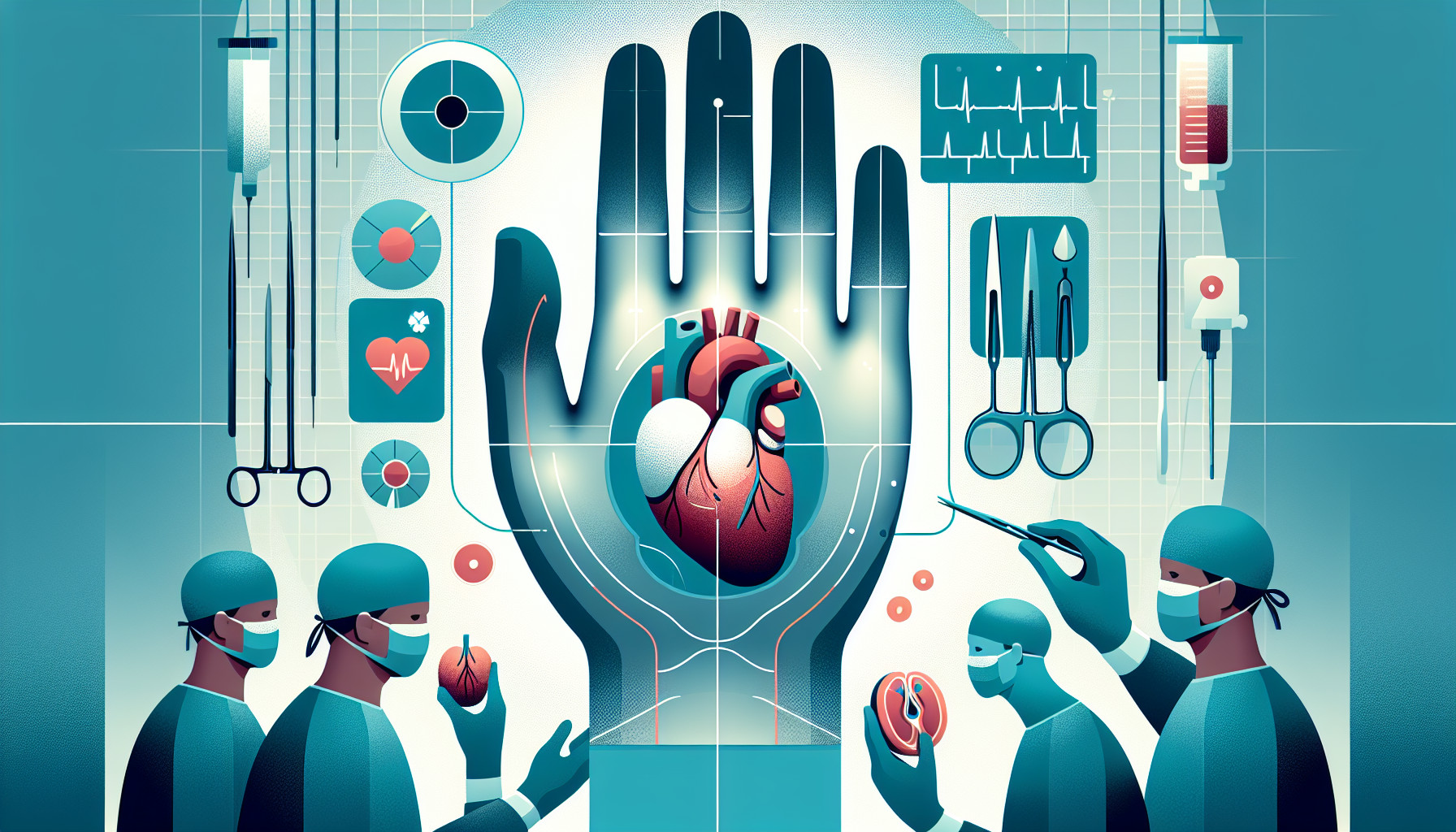Our Summary
This paper reviews a type of medical treatment for severe burns. When a person has a large burn, they often need a skin graft. This is where healthy skin is taken from another part of their body and moved to the burn site. There are two types of grafts – full-thickness grafts, which take all layers of the skin, and split-thickness grafts, which only take some layers. Full-thickness grafts often can’t be used because they require the donor site to fully heal before they can be taken.
However, split-thickness grafts may not be enough for serious burns. This is where dermal regenerative templates (DRTs) come in. DRTs were first developed in the late 1970s and they help to replace the deeper layers of the skin. They have helped to improve the treatment of severe burns.
The paper discusses different types of DRTs that are currently available, looking at the pros and cons of each one. It also provides practical advice to doctors based on clinical experience and evidence.
FAQs
- What is the main difference between full-thickness donor harvesting and split-thickness skin grafting (STSG)?
- What issue does the dermal regenerative template (DRT) address in burn treatment?
- How has the development of the first DRT in the late 1970s impacted tissue engineering?
Doctor’s Tip
One helpful tip a doctor might tell a patient about hand transplant is to follow a strict regimen of immunosuppressive medications to prevent rejection of the transplanted hand. It is important to take these medications as prescribed and attend all follow-up appointments with your healthcare team to monitor for any signs of rejection or complications. Additionally, proper hand therapy and rehabilitation are crucial for regaining function and mobility in the transplanted hand. Be patient and diligent with your therapy exercises to achieve the best possible outcome.
Suitable For
Hand transplant patients typically fall into the following categories:
Patients with severe hand injuries or amputations: Patients who have lost a significant portion of their hand due to trauma, burns, or other injuries may be recommended for a hand transplant to restore function and appearance.
Patients with congenital hand anomalies: Patients born with congenital hand anomalies, such as syndactyly or polydactyly, may benefit from a hand transplant to improve hand function and appearance.
Patients with progressive hand conditions: Patients with progressive conditions that affect hand function, such as rheumatoid arthritis or severe nerve damage, may be candidates for a hand transplant to improve their quality of life.
Patients with failed hand reconstructions: Patients who have undergone multiple unsuccessful hand reconstructions or surgeries may be recommended for a hand transplant as a last resort to restore hand function and appearance.
Timeline
Before hand transplant:
- Patient undergoes extensive evaluation by a transplant team to determine eligibility for hand transplant.
- Patient undergoes psychological evaluation to assess readiness for the procedure.
- Patient receives education on the risks and benefits of hand transplant.
- Patient is placed on a waiting list for a suitable donor hand.
After hand transplant:
- Patient undergoes surgery to receive the hand transplant.
- Patient undergoes intensive rehabilitation to regain function and sensation in the transplanted hand.
- Patient takes immunosuppressive medications to prevent rejection of the transplanted hand.
- Patient receives ongoing monitoring and follow-up care to ensure the success of the transplant.
What to Ask Your Doctor
- What are the potential risks and complications associated with hand transplant surgery?
- How long is the recovery process after a hand transplant and what can I expect during this time?
- What type of rehabilitation and physical therapy will be required after a hand transplant?
- Are there any long-term effects or potential rejection issues that I should be aware of?
- How will medication and ongoing care be managed post-transplant?
- What are the success rates and outcomes typically seen with hand transplant surgeries?
- Are there any specific lifestyle changes or restrictions I will need to follow after a hand transplant?
- How will the appearance and function of my hand be affected by the transplant?
- Are there any alternative treatments or options that I should consider before proceeding with a hand transplant?
- How experienced is the surgical team in performing hand transplants and what is their success rate?
Reference
Authors: Mason SA, Pham TN. Journal: J Burn Care Res. 2023 Jan 2;44(Suppl_1):S19-S25. doi: 10.1093/jbcr/irac135. PMID: 36567477
